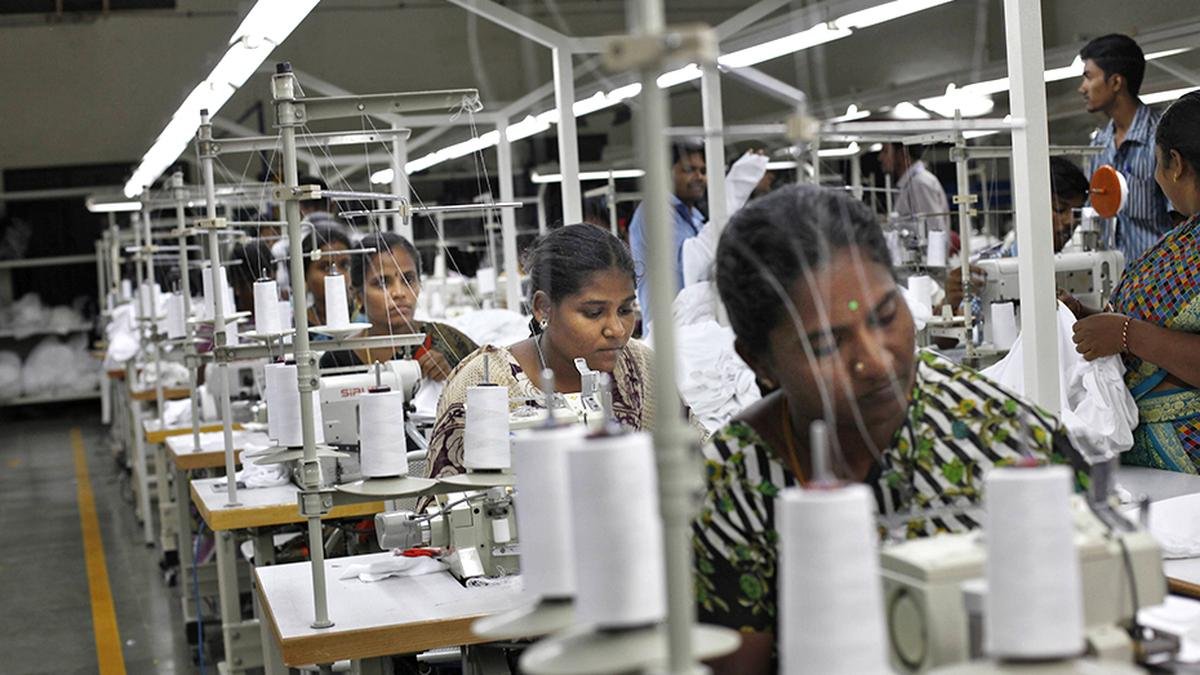Changing trade dynamics positive for Indian apparel exporters, but high tariffs disrupting segment

India’s apparel export sector is poised to benefit from shifting global trade dynamics, according to a recent industry report by Antique research. With multinational retailers diversifying their sourcing destinations away from China, India has emerged as a key beneficiary due to its large-scale manufacturing base, competitive labour costs and expanding product capabilities.
The report points out that countries like Bangladesh and Vietnam have traditionally dominated global apparel exports, but India is fast catching up as buyers seek to reduce dependence on single-country sourcing. Recent trade tensions, geopolitical realignments and increased focus on sustainability are reshaping global supply chains are creating opportunities for Indian manufacturers.
“The evolving global trade landscape, particularly the China + 1 strategy adopted by global brands, has created new opportunities for Indian garment manufacturers,” the report said. This structural shift, coupled with India’s improving logistics, government production-linked incentives (PLI) and enhanced compliance standards, is expected to strengthen export competitiveness over the next few years.
The report adds that the US and EU are India’s two largest apparel markets, and they are showing renewed interest in Indian products, especially in segments like cotton garments, knitwear and value-added fashion apparel. But while the outlook remains promising, the report cautions that higher import tariffs by the US and a lack of trade agreements with key markets are hampering India’s export growth potential.
Competitor nations such as Bangladesh and Vietnam enjoy preferential access to markets like the European Union through duty-free or concessional tariff arrangements, a benefit Indian exporters currently lack. India’s apparel exports have the potential to grow exponentially, but tariff disadvantages are eroding price competitiveness, says the report. For example, Indian apparel shipments to the EU face an average tariff of around 9-12 per cent, compared to zero duty for Bangladesh under the EU’s Everything But Arms (EBA) initiative.
“We believe the higher tariffs have made exports unviable (esp. RMG and home textiles), impacting volumes of textile exporters. There’s optimism about the 25 per cent tariff being removed by FY-end,” noted the report. The report adds that, while India’s export capacity and quality have improved significantly, apparel producers continue to grapple with compliance costs, fluctuating cotton prices and a fragmented manufacturing structure.
The free trade agreement (FTA) with the UK and likely by EU is viewed as a critical step towards levelling the playing field. The report noted that if tariff barriers are addressed and supply-chain reforms continue, India could capture a significantly larger share of the $500-billion global apparel export market over the next decade.
Published on October 7, 2025


